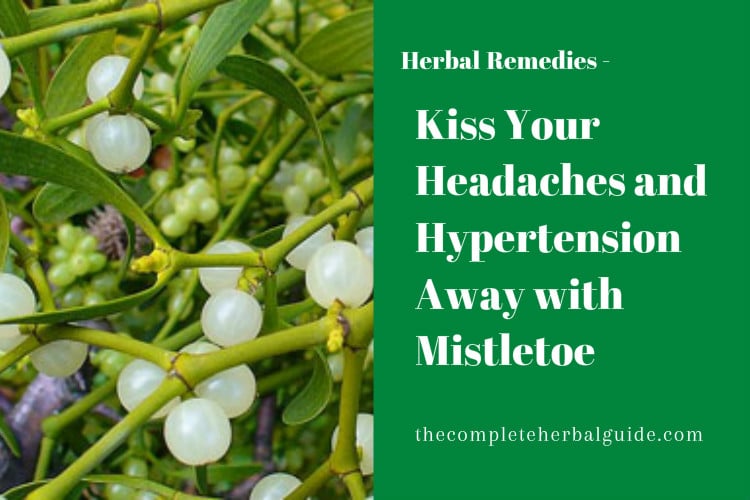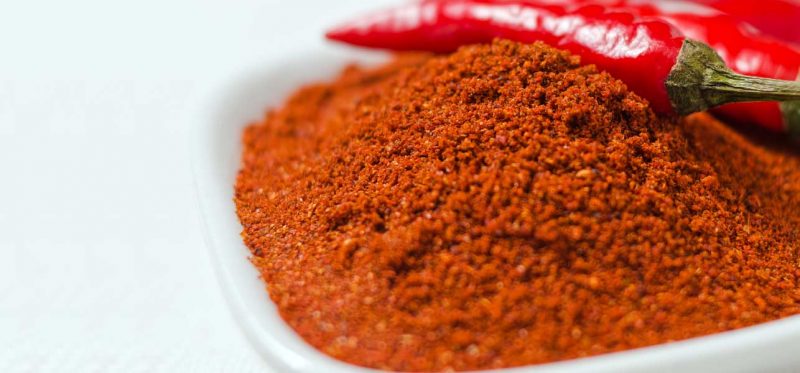
7 Tips for Avoiding Weather-Related Migraine Triggers
Changes in temperature, humidity, barometric pressure, and weather patterns have all been named potential migraine triggers. Some people experience more migraines during certain seasons of the year. How these changes cause headaches is not completely clear.
Table of Contents
Here are tips for avoiding weather-related migraine triggers
Be shady.
Bright sunlight is a very common migraine trigger and can make an in-progress migraine worse. Keep extra pairs of polarized sunglasses in your car, home, office, and anywhere else you might need them so you always have shades handy.
Keep cool.
If hot days are linked to your migraine pain, make sure you keep your home and work environment comfortably cool. When you’re outside, try to keep covered with a broad-brimmed hat, or stay under a beach umbrella or cabana. Keeping a personal fan or water spritzer on hand can also provide refreshment.
Stay dry.
A dehumidifier can keep your environment dry during damp or humid weather. If humidity is a persistent trigger for you, consider where you live. A drier climate, like New Mexico or Arizona, may help.
Put a lid on it.
During the winter, cold and blustery conditions may trigger a migraine in some people.
When the temperature dips, always wear a hat outside and keep your ears covered.
Freshen up.
If you also suffer from allergies and believe poor air quality may trigger your migraines, an air ionizer may help.
Watch the weather.
Read or watch weather reports daily to see when possible triggers are lurking in the forecast. If you’re particularly sensitive to changes in barometric pressure, investing in a barometer may be helpful.
Pressure Headaches
Many weather-related headaches seem to be linked to changes in atmospheric pressure. For some people, the approach of a storm or a sudden cold or warm front can precipitate a migraine.
A sudden change in altitude can also trigger a migraine. As the altitude increases, the atmospheric pressure drops, and so does the oxygen level. To compensate for the reduced oxygen level, the blood vessels in the head swell or dilate.
Seasonal Triggers
Several studies examining the seasonal patterns of migraine attacks have shown that spring is the top season for hospital admissions for migraine. April showers and May flowers may be the root of this trend. The damp and erratic weather of spring, coupled with pollen and allergens from the season’s first blooms, triggers many migraineurs.
Summer has its own set of challenges for people living with migraines. Bright sunlight and hot weather may trigger attacks. And as days grow longer, sleep patterns are often disrupted.
Research on women who have migraines with an aura and live in arctic regions has shown that headache attacks peak in the summer when sunlight persists into the night and tend to wane in the dark season (winter). Researchers hypothesized that the finding might be related to migraineurs being more likely to experience insomnia in the light season.






